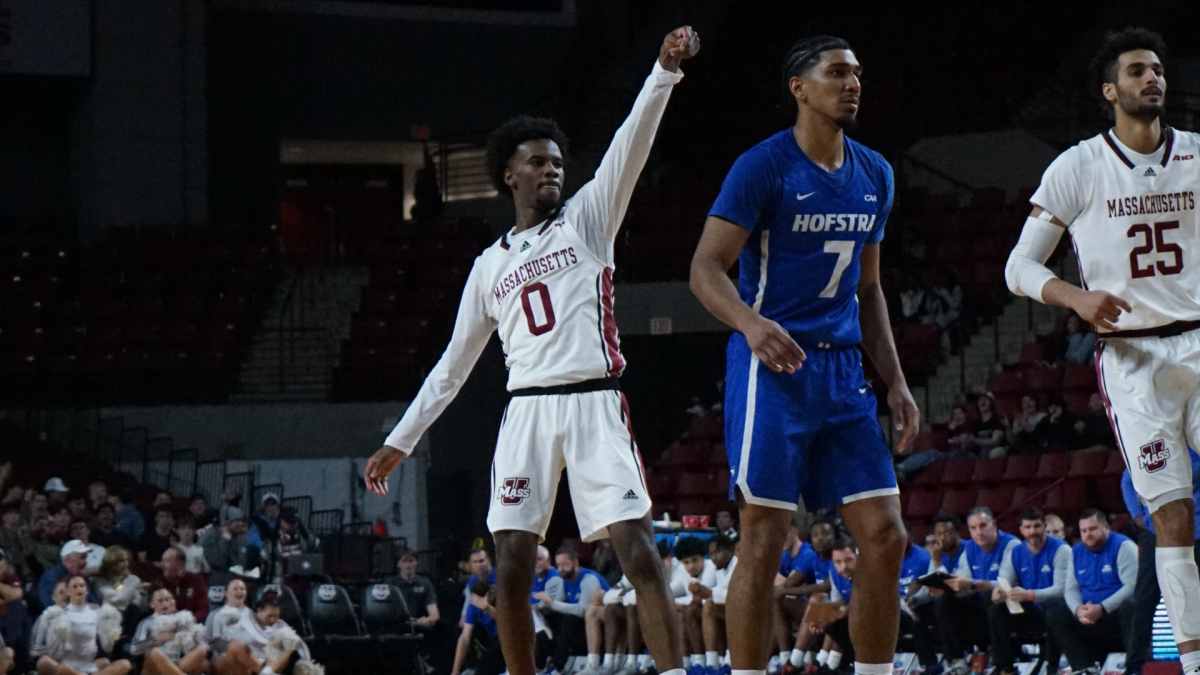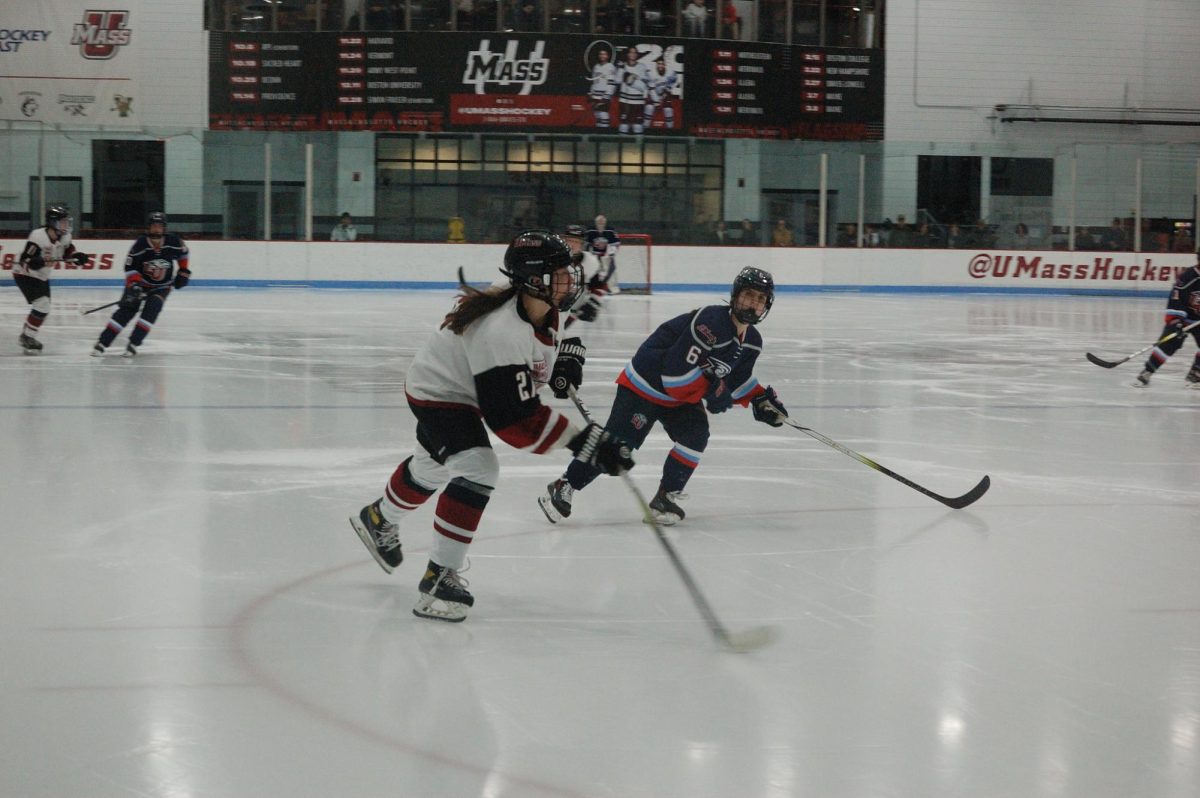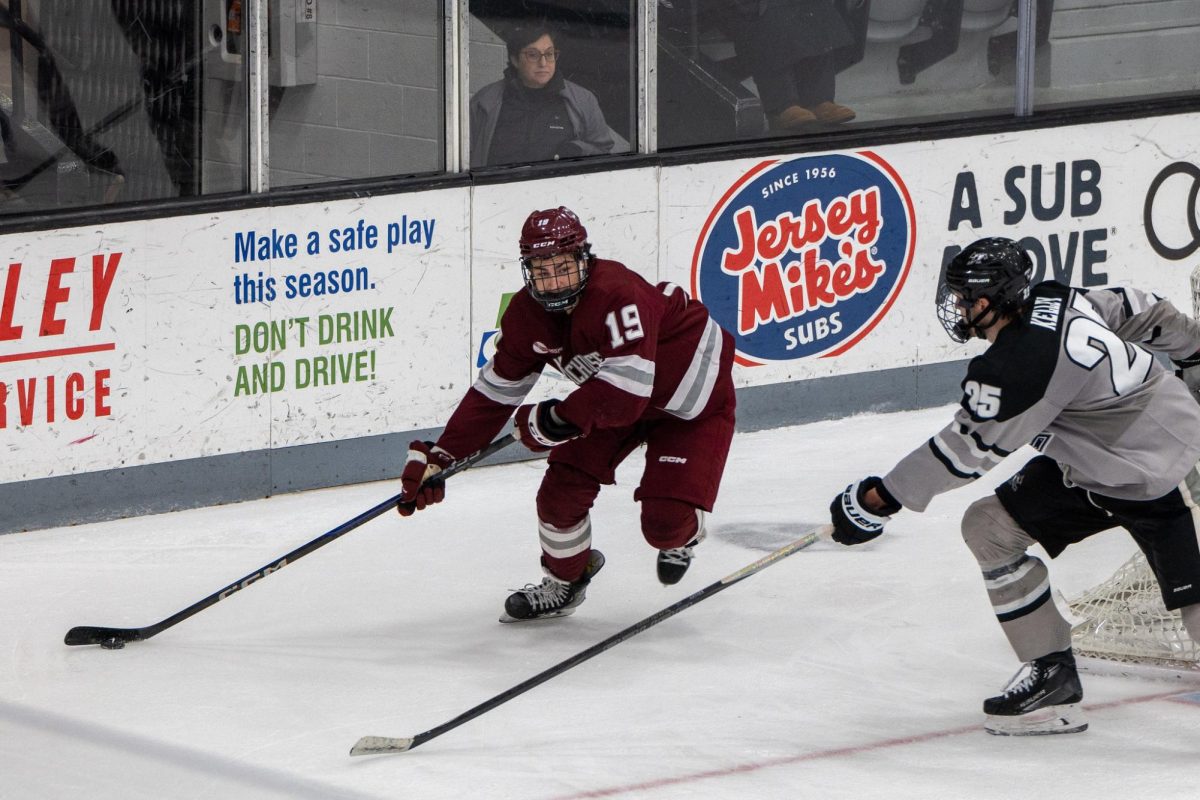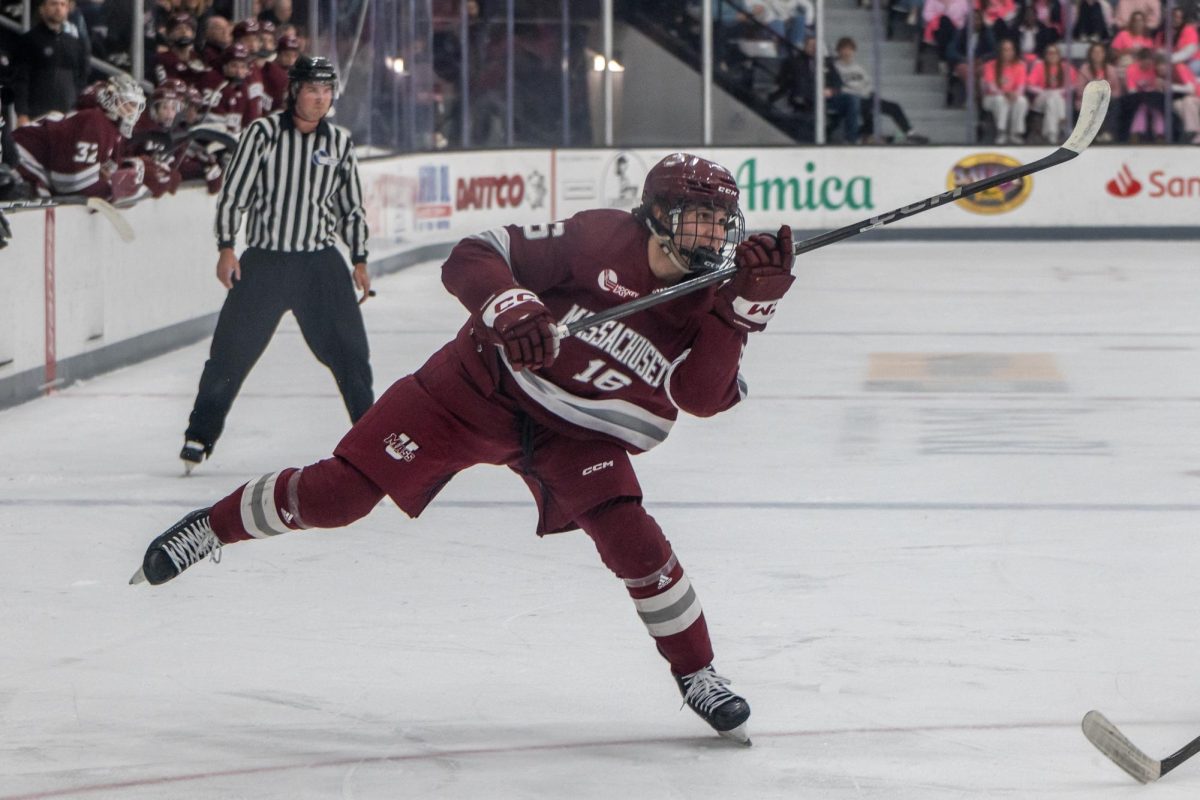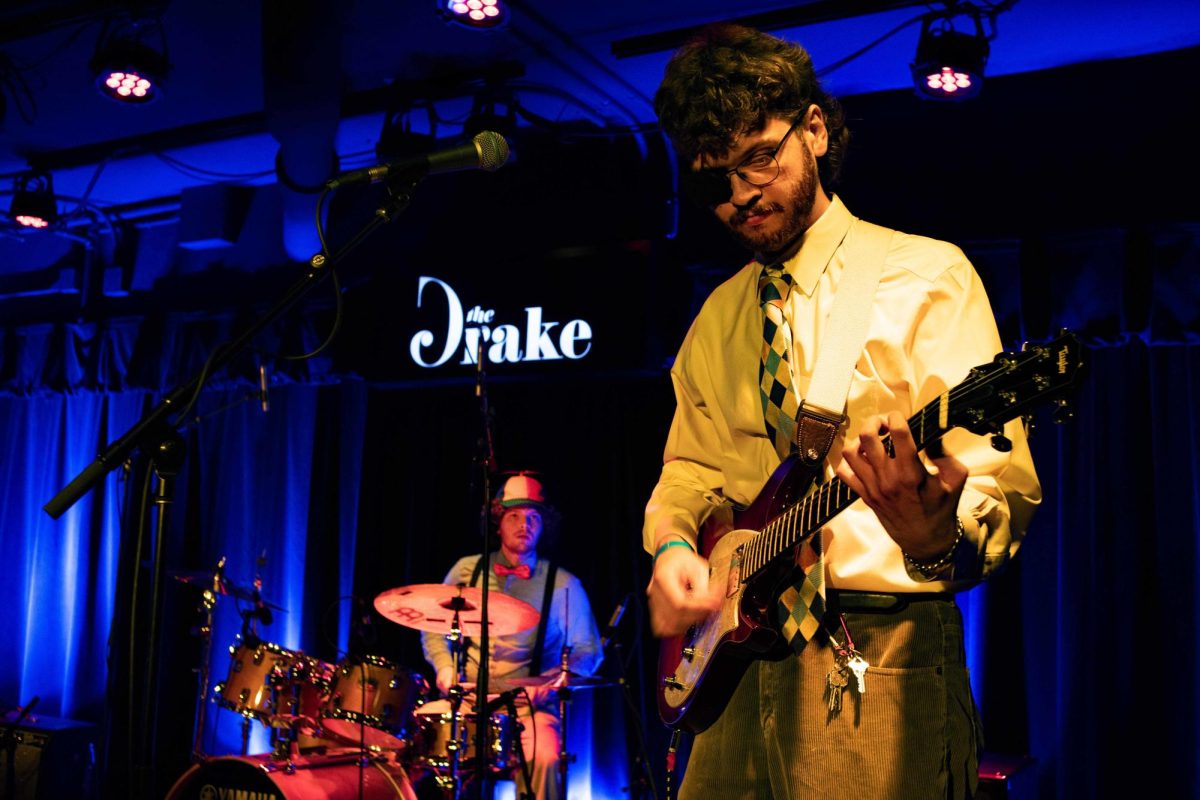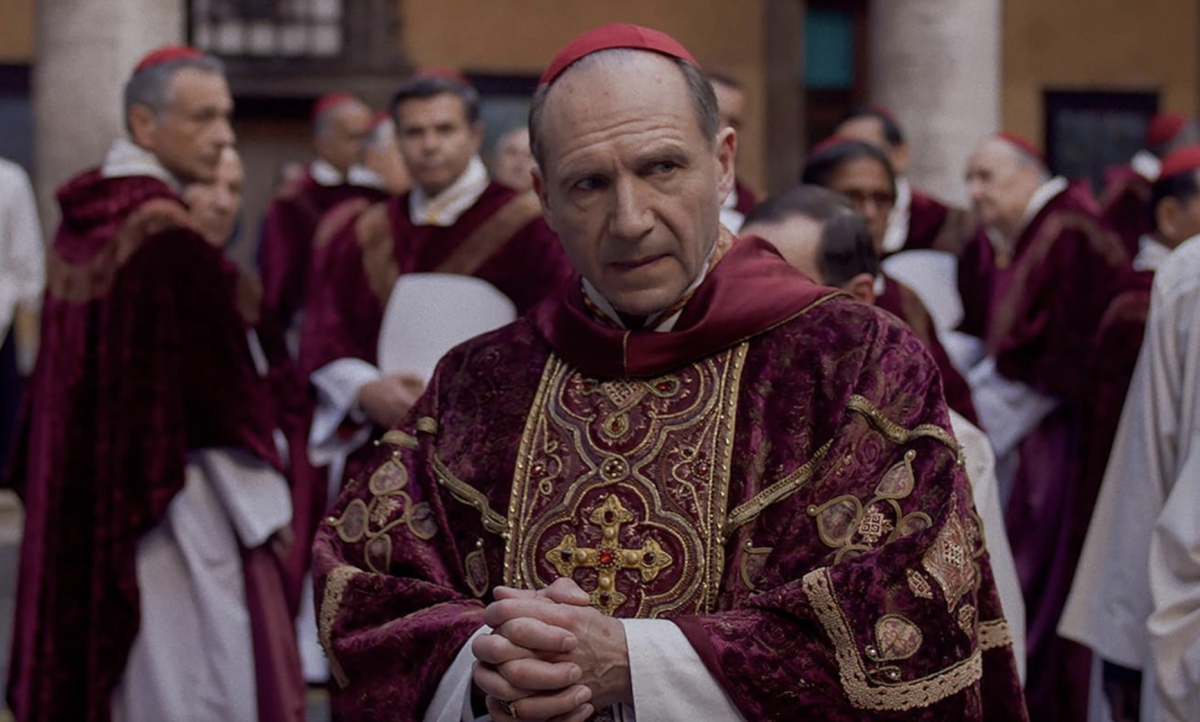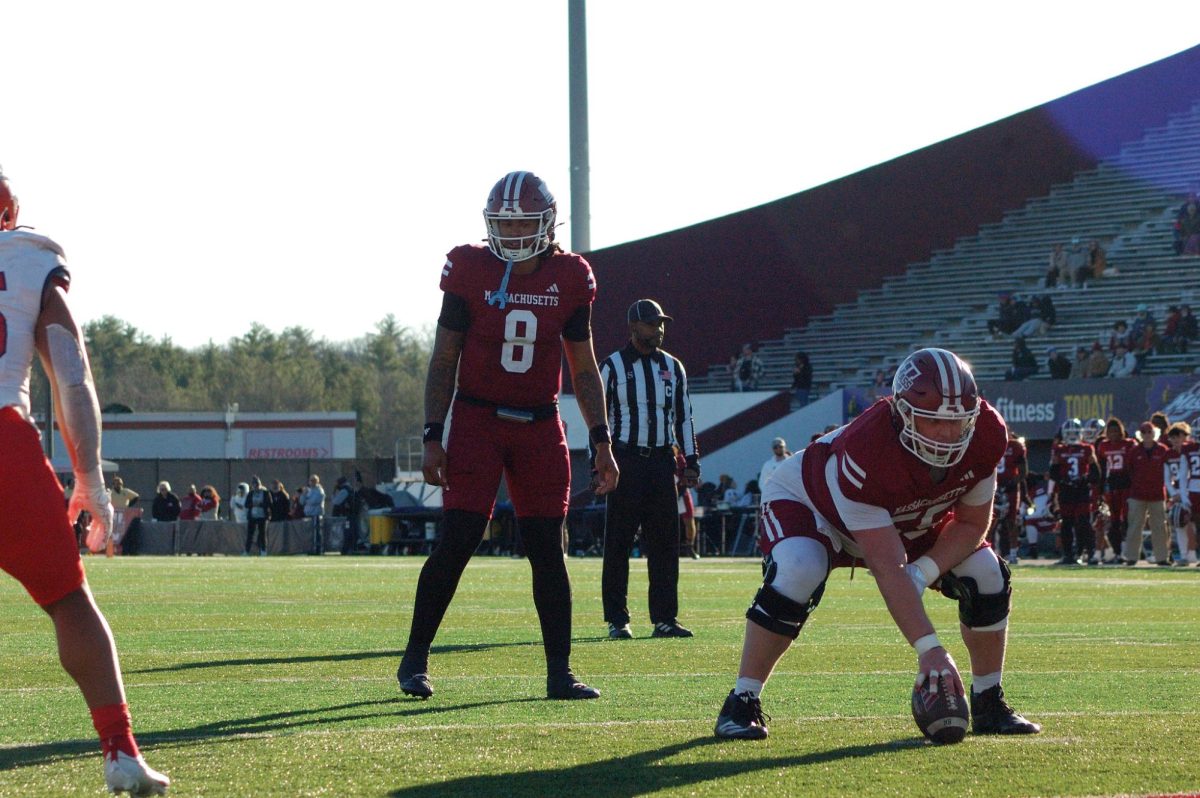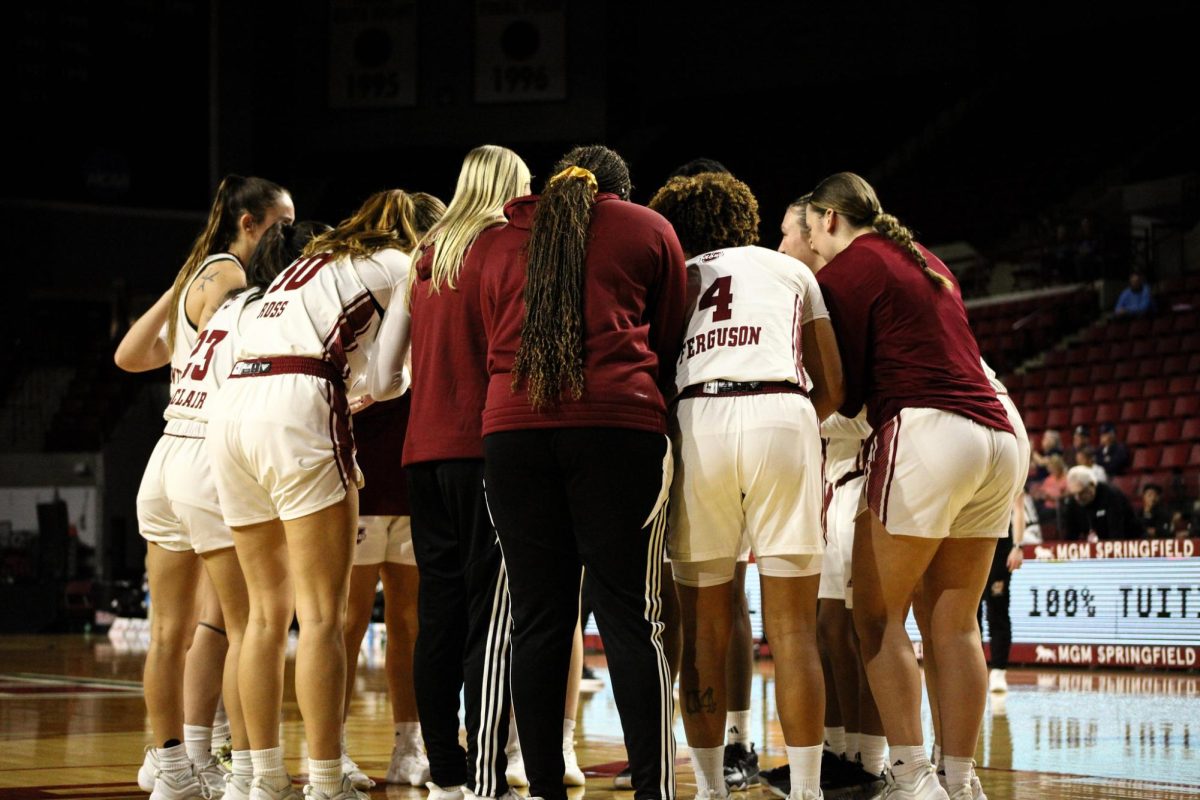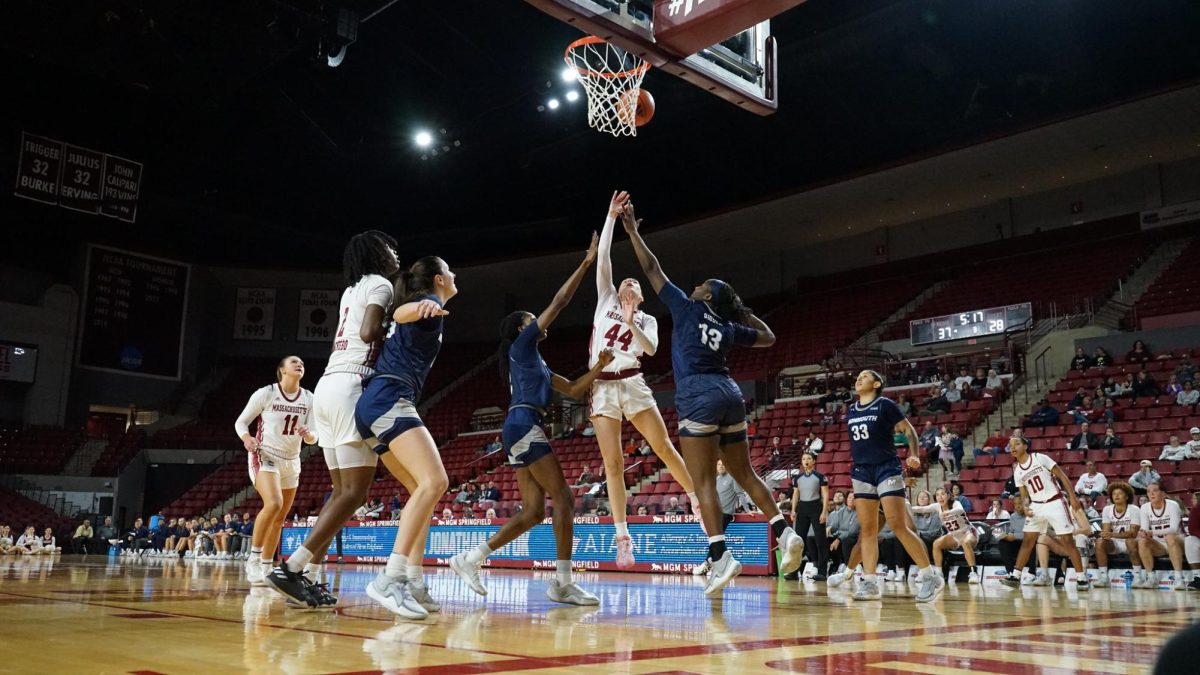
Struck by a truck, Michelle (Mary Elizabeth Winstead) awakes in a windowless room with her arm hooked up to an IV and her leg chained to the wall. In walks Howard (John Goodman), a mysterious bunker nut who claims that civilization has been annihilated (exactly how, he doesn’t know) and that he’s saved Michelle’s life from the extinction above.
So starts the terribly suspenseful “10 Cloverfield Lane,” a film dropped on an audience accustomed to the bore and gore of the post-“Saw” scary movie. Unlike the numbing predictability of the torture porn blockbuster, “10 Cloverfield Lane” masterfully employs suspense as the prime driver of fear. Every moment, sentence and syllable either works the characters’ ambiguities, or rewards the audience with a dialogue that predicts and pays off.
Every person in the bunker, Howard, Michelle and the travelling handyman Emmett Dewitt (John Gallagher Jr.) start out as semi-archetypal characters before slowly unveiling enough of themselves to imply the distressing extent of their troubled nature. Quotes that at first come off as unimportant come to haunt the plot and progress its action.
The apocalyptic premise that Howard emphasizes transitions from an easily dismissed theory of a troubled man to a potentially true theory supported by Emmett. Whether or not it is reality often cultivates conflict among the characters. Many arguments turn into struggles for power among Howard (the man convinced), Michelle (the skeptic) and Emmett, a character who goes in and out of conviction as to Howard’s theory’s validity. The movie sprinkles in doubt among the three and among the audience as to who should be believed.
The inconsistency of Howard’s proclamations about the apocalypse work wonders in developing the complexities of his character while adding endless suspense to an already troubling plot. What he says versus what can be believed is perhaps the most dramatic mechanism for perpetuating issues among the characters, all of whom find trouble in determining who and what to trust. The opinion of the audience is left hanging in the balance, themselves struggling to conclude who should be believed.
The film mostly functions as a claustrophobic trance drifting between a dream and a nightmare. There are moments when the characters seem simple and the bunker seems safe. But any sense of security does not prevail long. “10 Cloverfield Lane” is a thriller. Its purpose is to keep the audience guessing and it does so brilliantly.
Any dawning sense of a character’s purpose is quickly shunned by a constantly raising ante that never gives the viewer a firm sense of who they should root for. What makes a character look evil in one scene makes them seem misunderstood in the next. This effect of shifting from conventional, to horror, to human ambiguity turns the film into a terrifying roller coaster through the audience’s understanding. There simply is no easy way to lock down the feeling that things make sense and there’s a hero available for cheering on.
The film really is stunning through most of its running time. The bunker lives as a compact ring in which the characters struggle to grasp each other just as the audience fails to establish early conclusions about any one of them.
Unfortunately, “10 Cloverfield Lane” seems to suffer an identity crisis that renders much of the original suspense strange and suddenly irrelevant. I’ll avoid shedding any spoilers and leave it at this: The film’s conclusion feels less like a rich addition to its horror and more like a lunge at setting up for sequels.
But, nonetheless, “10 Cloverfield Lane” is a stomach-churning suspense fest that exhilaratingly forces you to scrap whatever understanding you have about its characters over and over again.
Peadar Angelone can be reached at [email protected].



